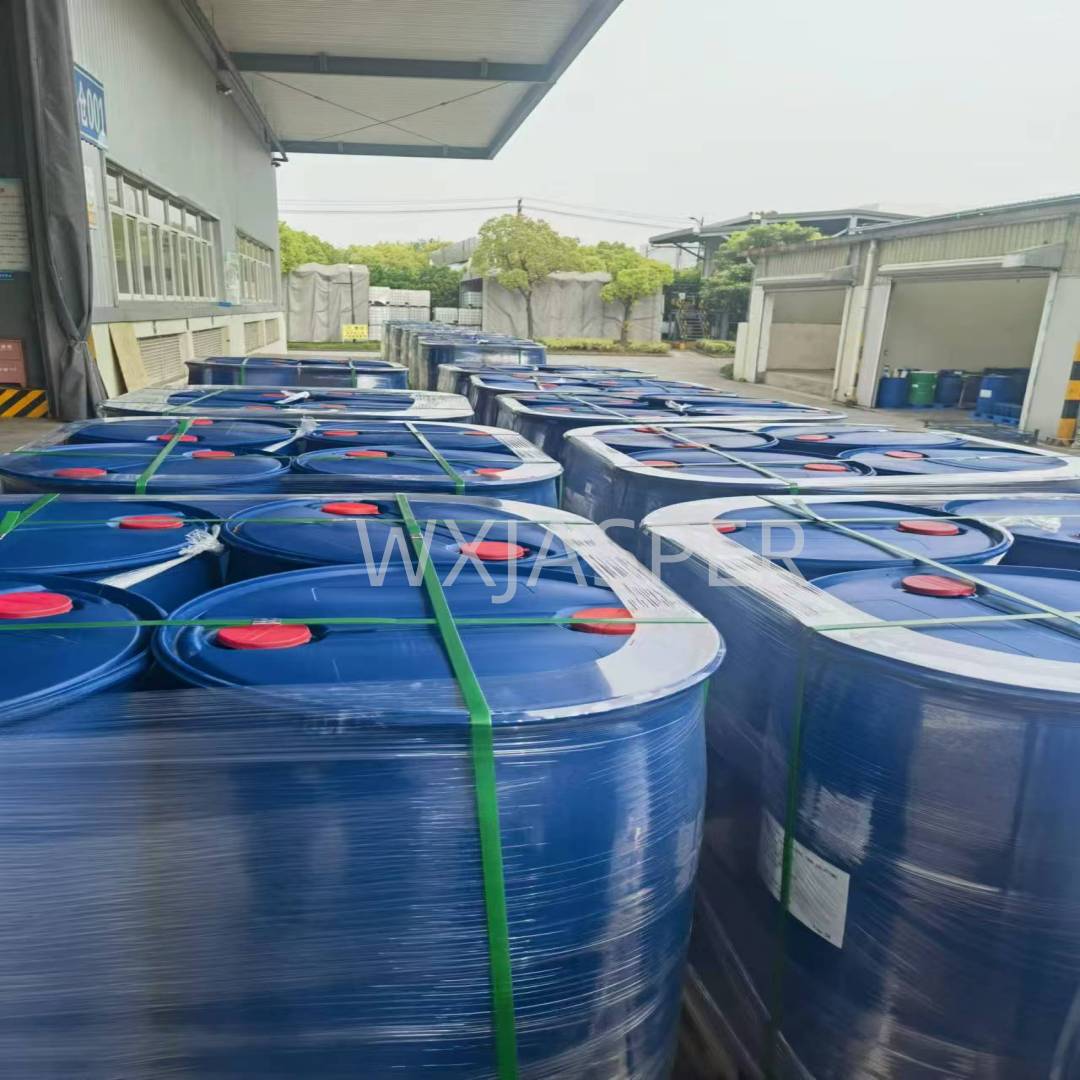Your Location:Home > Products > Solvents > Cocamidopropyl Amine Oxide



CasNo: 68155-09-9
MF: RCONH (CH₂)₃N (CH₃)₂O
Appearance: liquid
Delivery Time: 15 days
Packing: 200kg/drum
Purity: 30%
Basic Information
|
Model NO. |
CAS 68155-09-9 |
Purity |
30%~50% |
|
Product Name |
Cocamidopropylamine Oxide |
Appearance |
Liquid |
|
Grade |
Industrial Grade |
Shelf Life |
24 Months |
|
Transport Package |
200kg Per Drum |
Storage |
Cool Dry Place |
|
Origin |
China |
|
|
Product Description
(1) Cocamidopropylamine Oxide can produce rich, delicate foam, and it has a significant thickening effect on an appropriate proportion of anionic surfactants;
(2) Cocamidopropylamine Oxide can effectively reduce the irritation of other surfactants, and has good conditioning and antistatic effects;
(3) Cocamidopropylamine Oxide has the functions of foaming and stabilizing foam, and is not affected by acid and hard water in the system, and the product has good stability;
(4) Cocamidopropylamine Oxide can be widely used in combination with anionic, cationic, nonionic and amphoteric surfactants, and it can significantly improve the overall performance of the product
Product Application
Packaging
200kg/Drum